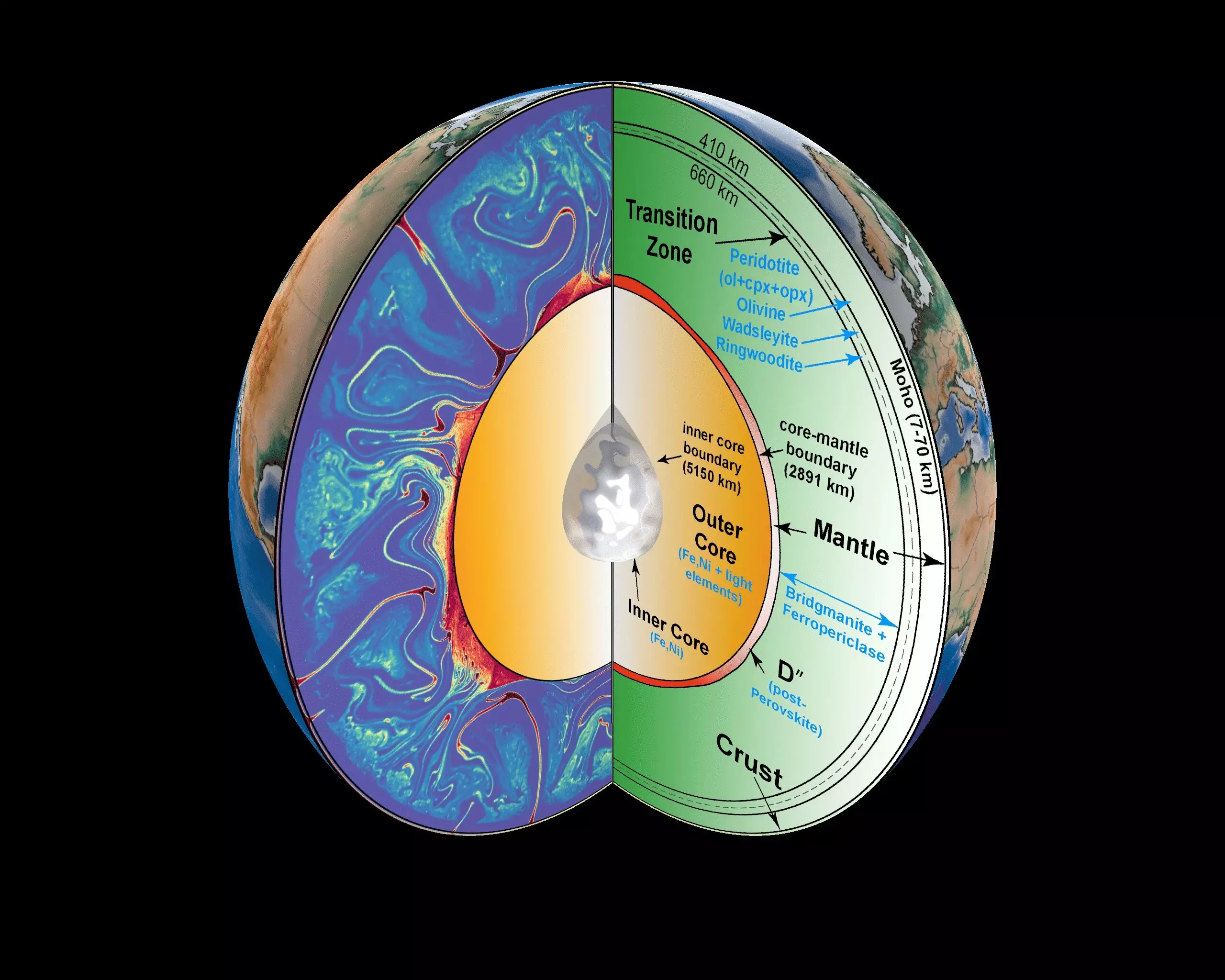Seismic signals known as PKP precursors have long puzzled scientists due to their enigmatic nature. These signals emanate from Earth’s lower mantle, scattering incoming seismic waves that eventually return to the surface as PKP waves at varying speeds. The origin of these precursor signals has remained a mystery until recent research led by University of Utah geophysicists shed light on this puzzling seismic energy.
The research suggests that PKP precursors seem to propagate from deep regions beneath North America and the western Pacific, possibly linked to “ultra-low velocity zones.” These zones are thin layers in the mantle where seismic waves experience a significant slowdown. Lead author Michael Thorne, a geology and geophysics professor at the University of Utah, remarked, “These are some of the most extreme features discovered on the planet. We legitimately do not know what they are.”
Thorne’s research indicates that these ultra-low velocity zones may accumulate underneath hotspot volcanoes, leading to the formation of whole mantle plumes that give rise to hotspot volcanoes. These plumes are responsible for volcanic activity observed at iconic locations such as Yellowstone, the Hawaiian Islands, Samoa, Iceland, and the Galapagos Islands. Thorne’s team’s findings suggest a correlation between the enigmatic precursor signals and the volcanic activity associated with hotspot regions.
For nearly a century, geoscientists have utilized seismic waves to explore Earth’s interior, leading to groundbreaking discoveries that would not have been possible otherwise. The study of seismic waves provides insights into Earth’s dynamic structure, including the characterization of the solid inner core and tracking its movement through analysis of seismic data. Thorne’s team focuses on understanding how seismic waves interact with irregularities in the mantle, leading to the production of PKP precursors.
Thorne and his team devised a cutting-edge method to model waveforms and analyze seismic data from 58 earthquakes around New Guinea. By utilizing advanced seismic array techniques and theoretical observations from earthquake simulations, the researchers were able to detect crucial effects that had previously gone unnoticed. This innovative approach allowed them to pinpoint the source of PKP precursors along the core-mantle boundary, located approximately 2,900 kilometers below Earth’s surface.
The findings from the research suggest that the PKP precursors likely originate from regions housing ultra-low velocity zones. Thorne proposes that these zones, which are relatively thin layers, may form at the interface between subducted tectonic plates and the core-mantle boundary in oceanic crust. The presence of these ultra-low velocity zones beneath North America and other regions raises questions about their generation mechanisms and implications for Earth’s geological processes.
While the recent study sheds new light on the enigmatic PKP precursors and their association with ultra-low velocity zones, many questions remain unanswered. Thorne emphasizes the need for further research to determine the driving forces behind the formation of these zones and their implications for Earth’s geological dynamics. Understanding the consequences of these processes will require continued exploration and innovative approaches in the field of geophysics.


Leave a Reply